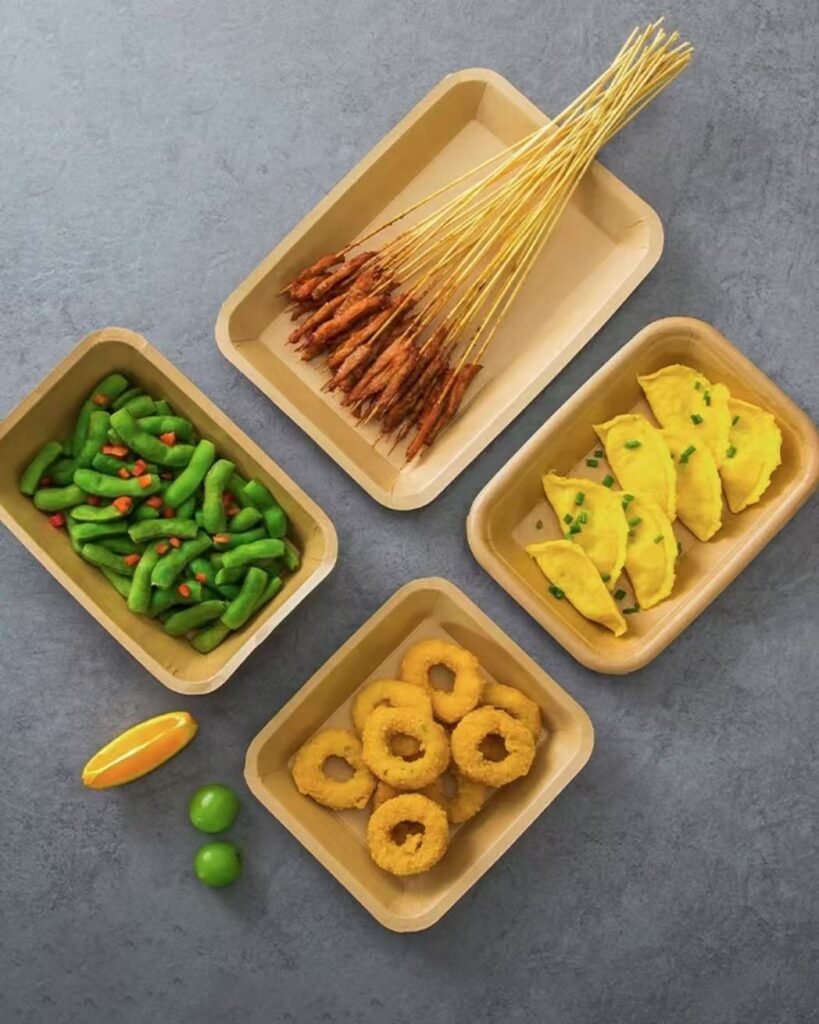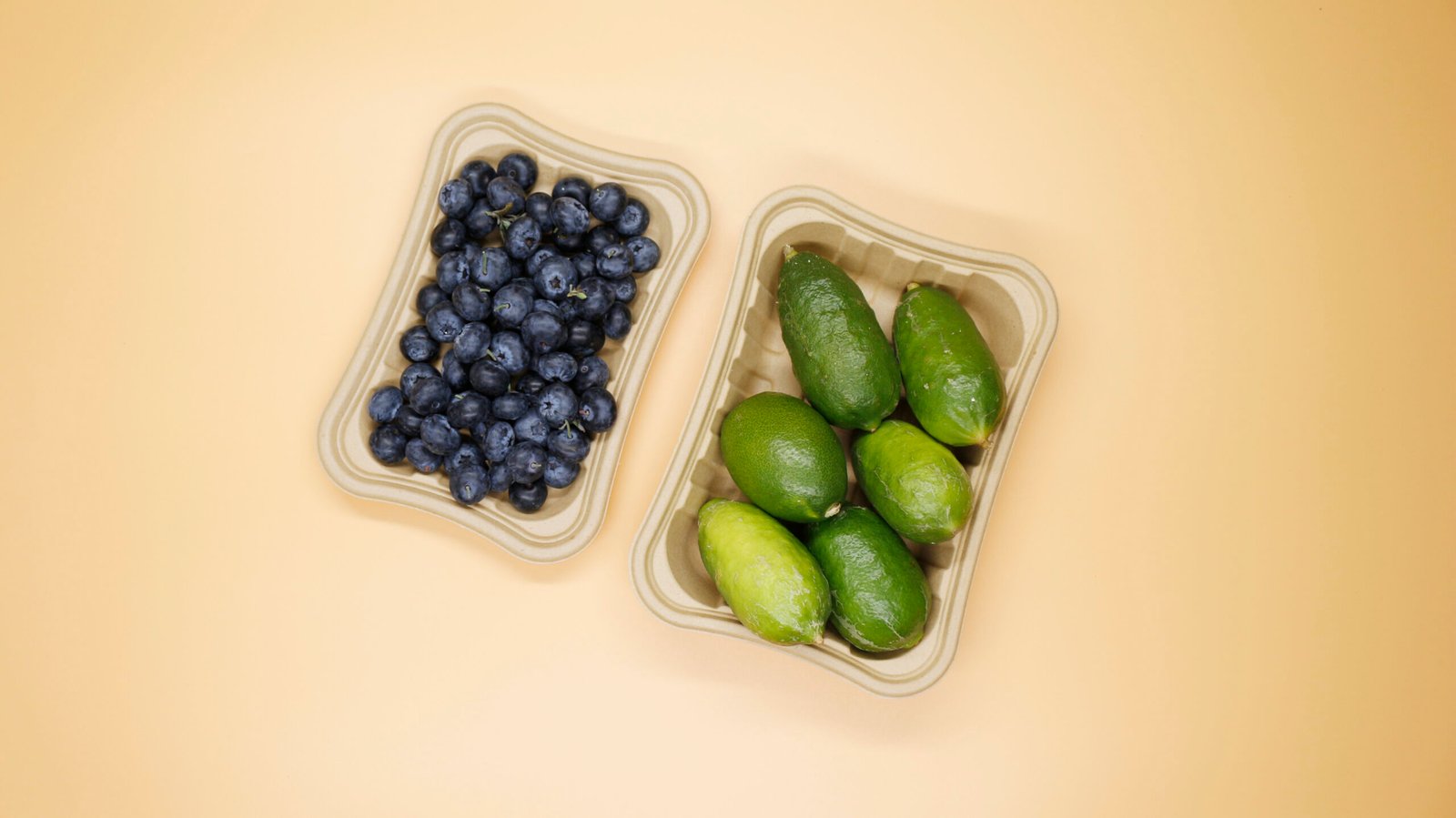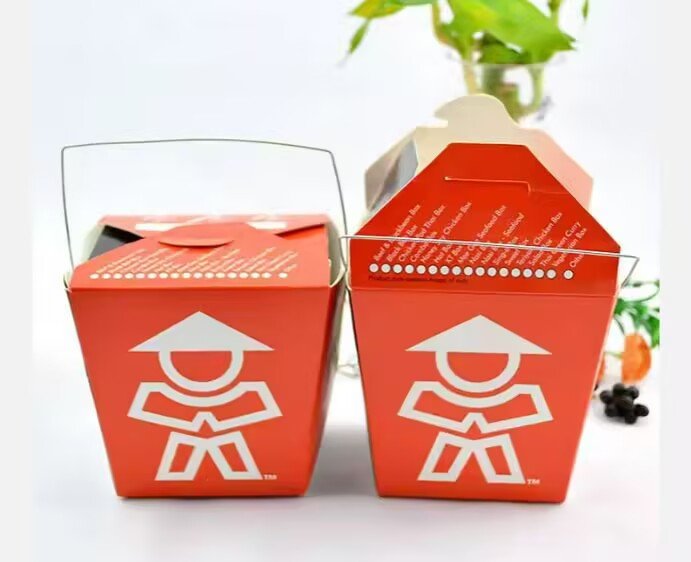حظر البلاستيك في المتاجر الأوروبية الكبرى والحلول بحلول عام 2025 (5)
Ganyuan
2025 年 5 月 8 日

Introduction: Changes in cold chain packaging are imminent
Driven by the global wave of plastic reduction, thousands of companies are accelerating the elimination of unsustainable packaging materials such as traditional plastics and polystyrene. However, the transformation of the cold chain transportation sector is relatively lagging due to its stringent requirements for temperature stability, durability and cost-effectiveness. Perishable goods such as food and medicine need to be safely transported in a low-temperature environment. Although traditional foam plastics can do the job, they come at the expense of the environment – millions of tons of cold chain packaging waste enter landfills or natural ecosystems every year, exacerbating pollution and carbon emissions. In this context, “Compostable Cold Chain Packaging” has become the key to breaking the deadlock, and bamboo pulp-based environmentally friendly materials are emerging in this field with their unique performance and ecological value.
1.Compostable cold chain packaging: definition, advantages and technological breakthroughs
Compostable cold chain packaging refers to packaging materials that can be completely decomposed into water, carbon dioxide and organic matter under certain conditions without leaving any toxic residues. Its core advantages are:
1. Low-carbon and environmentally friendly throughout the entire life cycle: the raw materials come from renewable resources (such as bamboo pulp, mushroom mycelium, and biopolymers), and the carbon emissions of the production process are much lower than those of petrochemical-based plastics;
2. Safe degradation and pollution-free: after being discarded, it can be quickly decomposed through industrial composting to avoid microplastics from polluting the soil and ocean;
3. Customizable performance: through material compounding and process innovation, it can meet the insulation, compression resistance and moisture-proof requirements required for cold chain transportation.
Taking bamboo pulp-based materials as an example, its fiber structure naturally has high strength and toughness, and can effectively isolate temperature fluctuations after special treatment. For example, pallets made of bamboo fiber and bio-resin composites not only have a load-bearing capacity comparable to traditional foam boxes, but can also adapt to extreme temperature zones of -20℃ to 40℃ by adjusting the formula. In addition, the lightweight characteristics of bamboo pulp materials further reduce transportation energy consumption, forming a full-chain carbon reduction closed loop “from raw materials to recycling”.
2. Global competitiveness of bamboo pulp environmentally friendly pallets
As a country with abundant bamboo resources, China’s bamboo pulp-based material industry has formed a mature technical system and supply chain. The application of bamboo pulp environmentally friendly pallets in cold chain packaging provides foreign trade companies with differentiated competitive highlights:
– Cost advantage: bamboo has a short growth cycle (3-5 years to mature), the price of raw materials is stable, and the cost after large-scale production can be close to that of traditional foam plastics;
– Certification barrier breakthrough: bamboo pulp materials have passed international compostable certifications such as EU EN 13432 and US ASTM D6400, helping companies meet the regulatory requirements for sustainable packaging in the European and American markets;
– Brand value enhancement: Companies using bamboo pulp packaging can use “carbon neutrality” and “zero waste” labels to strengthen their ESG image and attract buyers with strong environmental awareness.
For example, after a European fresh food e-commerce platform switched to bamboo pulp cold chain boxes, the transportation loss rate decreased by 15%, and at the same time, with the “100% compostable” logo on the packaging, the customer repurchase rate increased by 20%. This case shows that environmentally friendly packaging is not only a responsibility, but also a business opportunity.

3.Market Challenges and Innovative Response Strategies
Despite the promising prospects, the popularization of compostable cold chain packaging still faces multiple challenges:
1. Balance between performance and cost: Some bio-based materials are prone to brittleness at extremely low temperatures, and the initial R&D costs are high;
2. Insufficient composting infrastructure: The coverage rate of industrial composting plants worldwide is low, making it difficult for packaging to achieve closed-loop degradation;
3. Consumer cognitive limitations: Some customers mistakenly believe that “compostable = low durability”, and data verification is needed to reverse the prejudice.
In response to these problems, the industry is seeking breakthroughs through technological innovation and model optimization:
– Material composite technology: Combining bamboo pulp with phase change material (PCM), using the cold storage characteristics of PCM to extend the insulation time and reduce dependence on additional refrigeration energy;
– Internet of Things empowerment: Embed temperature and humidity sensors in bamboo pulp packaging to monitor the status of goods in real time and enhance customer trust through data transparency;
– Circular economy cooperation: Build a recycling network with logistics companies, such as setting up composting stations in destination countries to ensure that packaging waste “comes from where it comes and goes back where it goes”.
4. Future trends: from green packaging to smart supply chain
The ultimate goal of compostable cold chain packaging is not only to replace plastics, but also to promote the transformation of the supply chain to a circular economy. The future trend will show three major directions:
1. Intelligence: Packaging is deeply integrated with blockchain and the Internet of Things to achieve full-process traceability from production to degradation;
2. Modular design: The bamboo pulp packaging box can be disassembled and reassembled, extending its service life to 3-5 years, and can be composted after retirement;
3. Policy-driven: With the implementation of global carbon tariffs (such as EU CBAM), the cost of traditional packaging with a high carbon footprint will rise, and environmentally friendly materials will become an inevitable choice.
It is worth noting that the application scenarios of bamboo pulp materials are expanding from pallets and boxes to all aspects of cold chain transportation. For example, the cling film made by combining bamboo fiber with edible coating can not only lock the moisture of fruits and vegetables, but also be composted together with the packaging, truly achieving “zero waste”.
结语:以竹为媒,重塑冷链未来
The rise of compostable cold chain packaging marks a paradigm shift in the global logistics industry from “linear consumption” to “circular regeneration”. Bamboo pulp-based materials have become a key carrier in this transformation due to their renewability, performance plasticity and cultural affinity (bamboo symbolizes oriental wisdom and sustainable concepts). For foreign trade companies, seizing this track is not only a technical competition, but also an output of values - through each piece of bamboo pulp packaging, conveying to the world the commitment of Made in China to the future of the earth.
Just like the growth of a bamboo, the construction of a sustainable supply chain requires patience and collaboration. Only when the upstream and downstream of the industrial chain jointly invest in innovation, and policies, technologies and markets form a synergy, can cold chain packaging truly bid farewell to “white pollution” and move towards a new green era.


